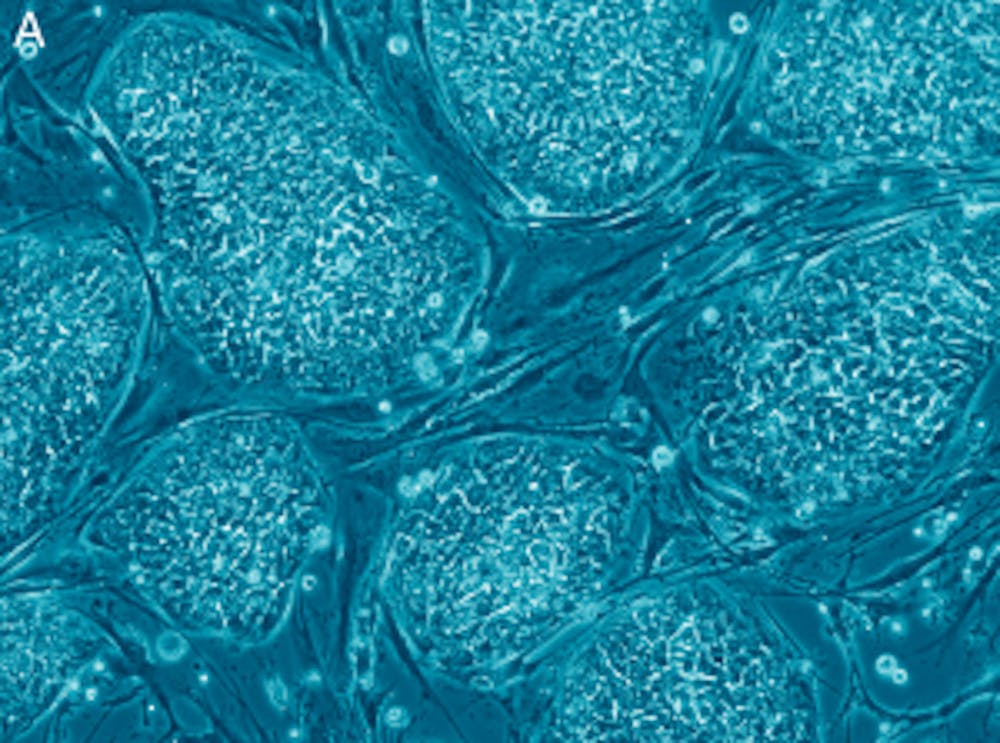During early development, the nervous system is built by stem cells. These stem cells migrate on tracks laid out by cells called radial glia. A striking feature of radial glia cells is their long processes that extend over long distances. While radial glia cells were classically thought to only play roles in neural migration, it was later discovered that they also act as neural stem cells that give rise to neurons during development.
What happens to radial-glia cells after early development? Studies suggest that these cells lose their long processes, become quiescent and are transformed into adult stem cells dubbed “radial glia like neural stem cells,” or RGLs. Indeed, adult RGLs share many of the same characteristics as the radial glia cells observed during early development, including a similar cellular shape and the expression of the same molecular markers.
RGL cells reside in two distinct regions of the mature mammalian brain, including the hippocampus, a region involved in learning and memory. As mentioned, RGL cells are not very active under normal conditions. However, once in a while, RGL cells may become activated and divide, giving rise to neural precursors called intermediate progenitor cells. These progenitor cells, which are much more active than RGLs, actively proliferate and enter the cell cycle. Additionally, RGL cells could also give rise to differentiated astrocytes, which are non-neuronal support cells of the brain.
It is important to note here that once intermediate progenitor cells are generated, they are committed to becoming neurons. In other words, an intermediate progenitor cell cannot go backward and revert back to being an RGL cell.
Eventually, intermediate progenitor cells give rise to neuroblasts, which finally give rise to mature neurons in the hippocampus. Newborn neurons can integrate into the pre-existing neural circuitry and, over time, they develop robust dendritic processes that allow them to receive information from other neurons. For an RGL cell to fully mature into a neuron, it generally takes three weeks (based on studies using mouse models).
As a whole, the development of neural stem cells in the mature brain follows steps that resemble steps taken during early embryonic development, including proliferation, fate commitment, migration, differentiation and maturation. A single step, or a combination of these steps, can be affected by environmental conditions, diseased states and aging. For instance, decreased stem cell proliferation and slowed maturation is observed in the process of aging, whereas exercise can increase proliferation and speed up the maturation of stem cells into neurons.
In diseases such as Alzheimer’s and depression, it is also believed that adult neural stem cell development is altered, contributing to the overall pathogenic mechanisms of neurological and psychiatric diseases. Therefore, understanding the development of adult neural stem cells and how to manipulate their developmental steps could lead to effective stem-cell-based therapeutic strategies for treating diseases and promoting brain repair after injury, even in brain regions that do not have stem cells.
























Please note All comments are eligible for publication in The News-Letter.